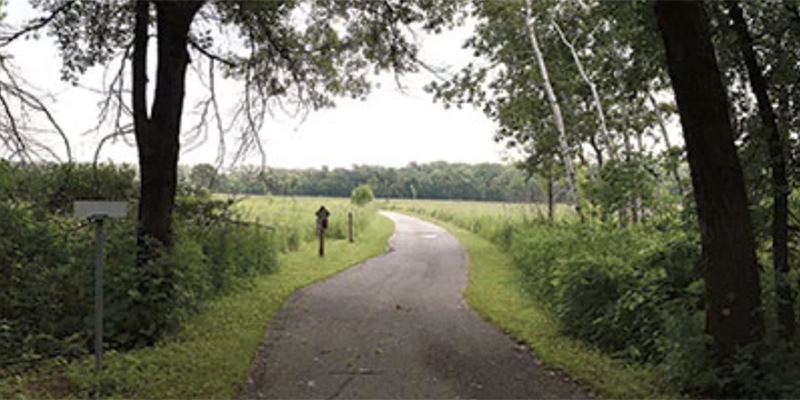Others’ Opinion: Two key steps move forward for Minn.’s water quality
Published 10:26 am Thursday, December 29, 2016
Minneapolis Star Tribune
Distributed by Tribune Content Agency
Two milestone measures to protect Minnesota’s treasured lakes and rivers for future generations take effect in January — a welcome development that will strengthen stewardship of the state’s aquatic resources.
The first safeguard becomes official on Jan. 1, when a state ban on an ingredient found in consumer soaps and other personal-care products kicks in. The ingredient is known as triclosan. Manufacturers marketed products with it as providing an antibacterial boost even though hand-washing with regular soap appears to be just as effective.
But questions about triclosan have long gone beyond its germ-killing effectiveness. Public health officials raised concerns about whether its broad use could contribute to antibiotic-resistant bacteria. In addition, research has raised concerns about triclosan breaking down into toxic byproducts after it is washed down the drain.
Minnesota’s ban, which passed in 2014 but gave companies a phaseout window, sent a strong message about dwindling public acceptance. Many companies have already discontinued its use. The law helped set the stage for a federal ban on triclosan in most consumer products beginning next fall.
The second new state water-quality safeguard focuses on the Mississippi River shoreline through the Twin Cities area. The Department of Natural Resources announced Tuesday that it has published long-awaited new rules regulating development in the Mississippi River Corridor Critical Area, an undulating, 54,000-acre stretch that runs from Ramsey in the northern suburbs to Hastings in the south. The land is part of a national park.
Development in the corridor has long been regulated via a gubernatorial executive order that is almost four decades old. The intent: to preserve “scenic, environmental and economic values,” according to the DNR. In 2009, Minnesota lawmakers wisely authorized the DNR to begin the process of modernizing development rules. “The purpose was to bring these into the 21st century with the science that we have,” said state Rep. Rick Hansen, DFL-South St. Paul, who championed this effort.
The process has been controversial, which is why it has taken so long. Some misguided critics contended that environmentalists sought the rules so they could kayak down the river and have it look like it did in 1700.
The rules provide a regulatory framework dealing with setbacks, building heights, land alteration and vegetation standards. These prevent erosion, preserve views and enhance water quality. It’s worth noting that Minneapolis’s drinking water intake is in the corridor. The new rules also recognize that some areas are environmentally intact while others have long been used for industrial and residential purposes. Accordingly, the rules provide flexibility in these developed areas.
The rules will become effective Jan. 4, according to the DNR, but will take a minimum of five years to implement. Cities, counties and townships are given a long lead time to align their local ordinances with the new framework.
The DNR deserves praise for doggedly working with stakeholders to gather many viewpoints on the rules’ development. The Friends of the Mississippi River environmental advocacy group, which championed rule modernization, also deserves credit for enhancing Minnesotans’ appreciation for the corridor as a valuable natural resource.
The rules have taken a long time to be published. But the public involvement over time improved them and should create buy-in among the metro’s river communities. Minnesota lawmakers should build upon this worthy work during the next legislative session and approve grants to ease local communities’ efforts to comply.



